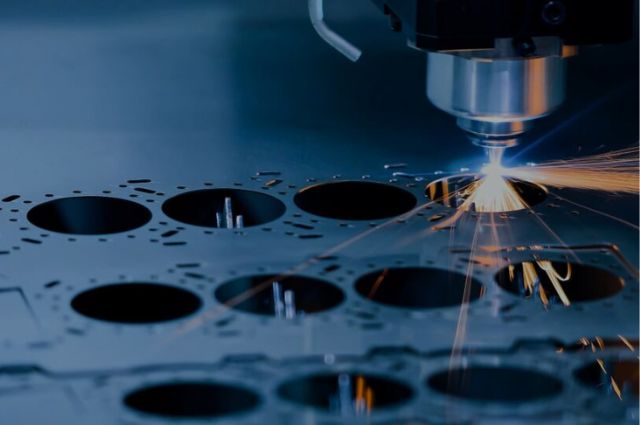
Source: sourceman
Metalwork has long been revered as an art form, with its ability to transform raw materials into intricate sculptures and functional pieces. Among the various techniques, Sheet Metal Fabrication stands out as a testament to human creativity and craftsmanship. From basic household objects to intricate industrial equipment, the art of moulding and crafting steel possesses a distinctive charm that fascinates both craftsmen and engineers. With each stroke of the hammer and bend of the metal, a story unfolds—a story of ingenuity and mastery that spans centuries.
Exploring the Craft
At its core, sheet metal fabrication transforms flat sheets into desired shapes and structures. This involves a series of precise cuts, bends, and manipulations, all carefully executed to achieve the intended design. Whether it’s forming sleek panels for architectural purposes or crafting intricate components for automotive applications, the versatility of this fabrication process knows no bounds. Every undertaking brings forth its distinct array of obstacles and prospects, compelling fabricators to consistently innovate and enhance their methodologies.
Unveiling the Techniques
One of the key techniques employed in this fabrication is cutting. From conventional approaches such as shearing and sawing to cutting-edge methods like laser cutting and water jet cutting, fabricators possess diverse instruments to attain accurate cuts while minimising material wastage. Additionally, bending and forming play a crucial role in shaping the alloy into its final form, with methods like press braking and roll forming offering unparalleled flexibility and accuracy. Every tool and technique has its own unique quirks and nuances, requiring skilled hands and sharp minds to navigate.
Precision in Practice
Precision is paramount in the fabrication process, with even the slightest deviation potentially compromising the integrity of the final product. That’s why skilled artisans and technicians undergo rigorous training to master the intricacies of the craft. From carefully measuring and marking the metal to adjusting machine settings for peak performance, each phase of the process demands meticulous attention to detail. It’s this relentless pursuit of perfection that sets true craftsmen apart from the rest.
Innovations Driving Progress
As technology continues to advance, so too does the field of metal fabrication. Automation and computer-aided design (CAD) software have revolutionised the way alloy components are designed and manufactured, streamlining the production process and minimising human error. Additionally, the emergence of advanced materials and alloys has opened up new possibilities for fabricators, allowing them to create lighter, stronger, and more durable products than ever before. Therefore, with each new breakthrough comes the opportunity to push the boundaries of what’s possible, driving progress and innovation in the industry.
Applications Across Industries
The versatility of this fabrication process makes it indispensable across a wide range of industries. Metal-fabricated components span diverse fields such as aerospace, automotive, construction, and electronics, each demanding a distinctive fusion of expertise and ingenuity. Whether it’s crafting precision-engineered parts for a spacecraft or producing custom metalwork for architectural projects, the possibilities are as limitless as the imagination. With each new project comes the opportunity to leave a lasting impact on the world around us, shaping the future one piece of metal at a time.
Conclusion
In conclusion, sheet metal fabrication is more than just a manufacturing process—it’s an art form that combines creativity, skill, and precision in equal measure. From the hands of skilled artisans to the cutting-edge facilities of modern manufacturing plants, the artistry of metalwork continues to inspire and captivate audiences around the world. As technology evolves and new innovations emerge, one thing remains certain: the timeless allure of sculpting with steel will continue to shape the world for generations. With each new project and every passing year, the legacy of metalwork grows stronger, weaving its way into the fabric of human history.







